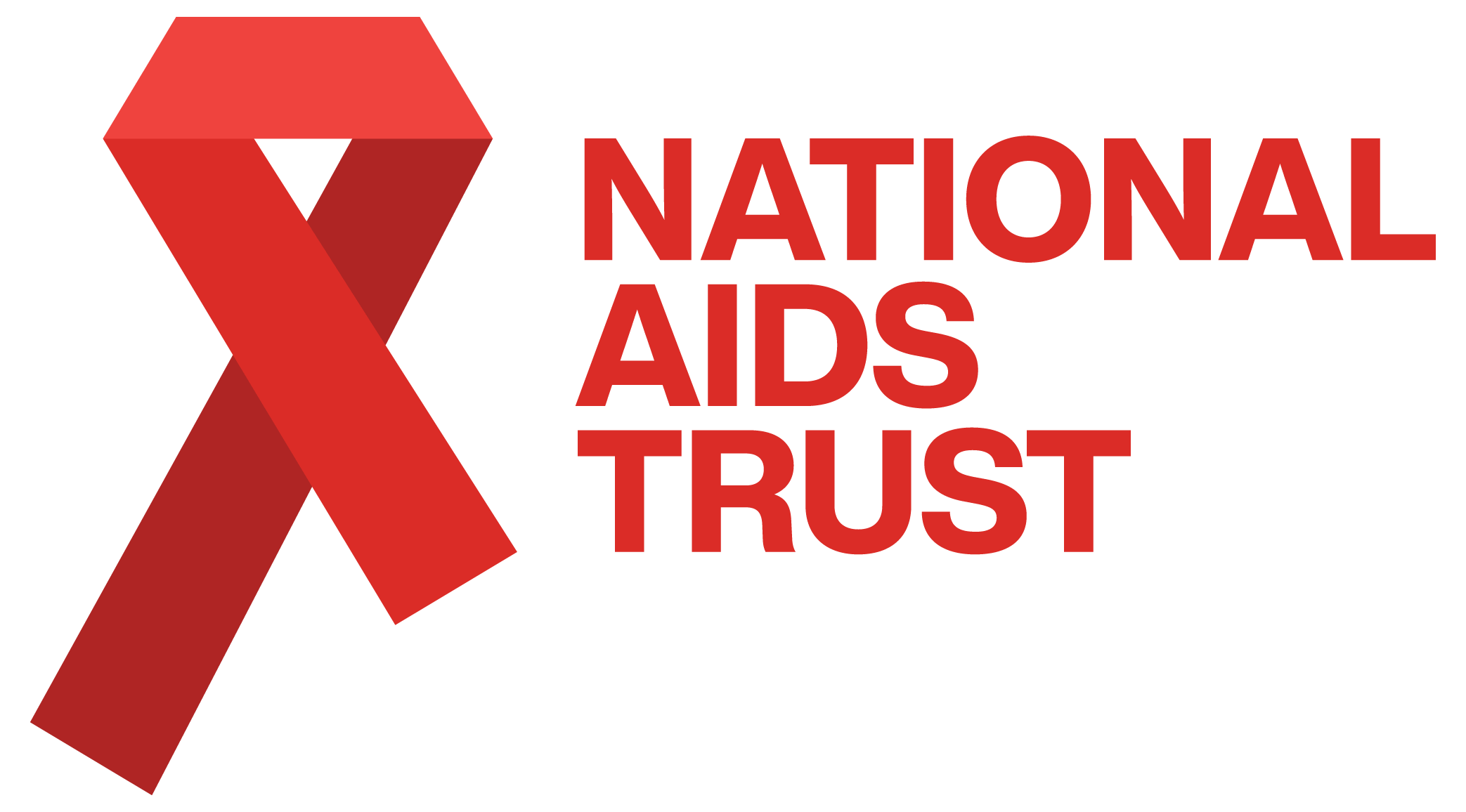Statement: New HIV data shows significant inequalities exist in UK’s HIV response
On World AIDS Day 2021, the UK Health Security Agency released data about HIV testing, new diagnoses and the quality of HIV care in 2020.
This new HIV data is a reminder that the challenge of ending HIV transmissions is not a straightforward one. COVID has greatly impacted HIV and sexual health services. It is also clear that unacceptable inequalities in outcomes remain, particularly for women and Black communities, with progress to close these gaps too slow.
Deborah Gold, Chief Executive of National AIDS Trust said,
“The rays of light in the UK’s response to HIV are the continued decreases in HIV transmissions driven by regular testing and access to the HIV prevention drug PrEP, and increases in those diagnosed on successful HIV treatment.
“However, overall, it is clear that the rate of progress is unequal between different communities, and too slow for those from Black African and Asian backgrounds as well as those living outside London. With inequalities and disparities at this level, we risk leaving women and black communities behind as we move towards zero new HIV transmissions. COVID has had a catastrophic impact on testing and treatment services, and we now need an urgent plan for their recovery. HIV testing must increase markedly, and the HIV prevention drug PrEP must reach all communities. The Government has committed to report annually on progress towards 2030, it is vital these reports identify what progress is being made in all population groups in the UK.”
The figures show:
Significantly reduced HIV Testing
There have been big decreases in HIV testing. The number of people testing at sexual health services decreased by almost a third (30%).
There are also clear disparities, with only a 7% fall in testing for gay and bisexual men, but a 33% decrease for heterosexuals and 34%/24% decreases for Black African men and women. With late diagnosis rates and undiagnosed rates still high, this is worrying and suggests we need to do much more to reach these communities for HIV testing.
There have been big increases in those testing online. Of those testing for HIV, almost half (47%) ordered their test online and took the test at home, as services shifted away from face-to-face services. This demonstrates the real potential and demand for online testing services.
There is still patchy access to these online testing services, with areas having different service offers and some not having any online testing at all. This needs to change, and every area should be providing online testing options.
A mixed picture of new HIV diagnoses
There were 2,630 people diagnosed in England, which is a decrease from previous years (33% reduced form 2019). The data suggests that rapid falls in HIV amongst gay and bisexual men continues to be driven by wider use of PrEP the HIV prevention drug, and regular testing (which remained higher amongst this group).
Declines in the rates of new transmissions were less evident in other groups however - for example those outside of London, Black, Asian communities and those born aboard. The data analysis suggests that falls may not be due to reduced transmission itself amongst these groups, but actually due to reduced HIV testing overall – which is deeply worrying.
The number of people with undiagnosed HIV in England fell from 5,560 in 2019 to 4,660 in 2020. Nearly twice as many people are undiagnosed outside of London.
A big increase in late HIV diagnosis
The number of late diagnoses of HIV is increasing (though absolute numbers are fewer, as overall new diagnoses decrease), now standing at 42% in England (from 35% in 2016). Rates were again much higher for heterosexual men and women (55%/51%).
Late diagnosis is strongly associated with worse outcomes, with a 7-fold increased risk of death within a year of diagnosis. More needs to be done to boost HIV testing across health services – with an opt-out testing approach.
Progress being made on HIV treatment, but some still left behind
There are now 106,890 estimated to be living with HIV in the UK. Positively, for the first time, we met the UNAIDS 95-95-95 targets - for 95% of those living with HIV to be diagnosed, 95% of those to be on HIV treatment and of those 95% to have undetectable levels of the virus. The statistics now stand at 95%, 99% and 97%.
However, fewer people living with HIV are accessing the treatment they need to live long healthy lives. Between 4,980 to 6,960 were not seen for care in 2020, double the number reported in 2019.
More work is urgently needed to re-engage in care those lost to treatment and ensure services are available both face-to-face and online.
Access to PrEP the HIV prevention drug – for some, but not all
From 2017-2020 under the Impact Trial, over 24,000 people accessed the HIV prevention drug PrEP. Take-up of the HIV prevention drug PrEP is not increasing quickly enough in all communities. There are also wide regional disparities. Data suggest 96% were gay and bisexual men, 76% were white and the median age was 33 years old.
With just 3% accessing this life changing drug being women and 1.5% Black African, urgent action is needed to increase awareness of PrEP amongst all communities, targeted community outreach funded and access to PrEP in settings beyond just sexual health services.
Where next for HIV?
The HIV Action Plan (https://www.gov.uk/government/publications/towards-zero-the-hiv-action-plan-for-england-2022-to-2025) published today provides welcome actions to address some of these issues, such as committing to increase HIV testing in some areas and making PrEP more widely available. It is clear that this will not be enough to address the deep and increasing inequalities in outcomes that exist in the UK’s response and outcomes for HIV.

